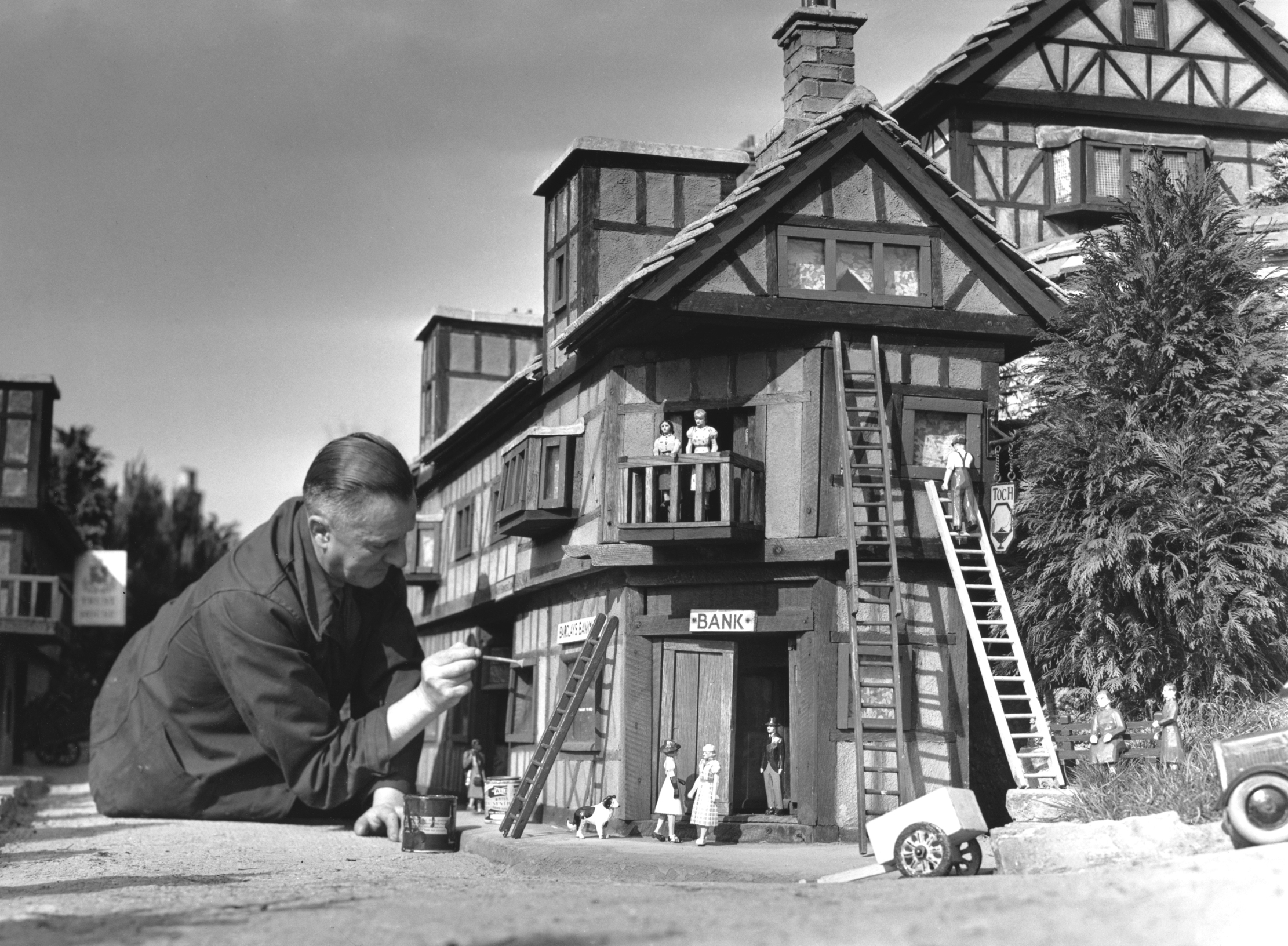The Cresta Run’s 125th anniversary
The Cresta Run remains a fine institution in a world of health and safety regulations. Simon Davis looks back at its 125 year history.

If ever there was an institution that stands as a bastion against the creeping nanny state, it is the St Moritz Tobogganing Club (SMTC). Founded in 1885, and thus celebrating its 125th anniversary in 2010, the club is perhaps more commonly known as the Cresta Run, and it represents all that is good about derring-do.
The Cresta Run is a trough of rock-hard ice that runs for three-quarters of a mile. It's built each season, and snakes its way towards the hamlet of Celerina. Down this trough, people choose to descend at speeds of up to 80mph, lying on steel toboggans with no brakes and precious little steering. This is done head first, thanks to a Mr Cornish, who decided that this was the sensible idea in 1887. I completed my first run in 2004.
Some 120 years earlier, in 1884, the Davos Tobogganing Club invited a team from St Moritz to compete on a toboggan run built on the Davos-Kloster post road. The Davos team was triumphant, so St Moritz organised a return match the following winter, and the course from above the Kulm Hotel past Cresta to Celerina was born. In that first race, the Davos team was, once again, victorious.
The run still takes the same route as it did in its first season. The drop is 514ft, and the gradient varies from 1 in 2.8 to 1 in 8.7. The current record from Top is 50.09 seconds, set by James Sunley in 1999. This is an average speed of 53mph, ending at 80mph. It's claimed-not altogether helpfully as one prepares for the first descent-that, at various stages in the run's 125-year history, every bone in the human body has been broken by riders who fail to complete the run successfully. Evidence of this is displayed as a composite picture of the human body made up of the X-rays of the fallen, shown in the introductory lecture all newcomers must attend before running.
Four people have died. Statistically, this makes playing marbles more dangerous than riding the Cresta Run, but that is scant consolation as you approach Shuttlecock with splinters of ice pinging into your face, ears deafened by the brutal noise of steel on ice as you rake hard in the hope of avoiding the Cresta's most ignominious exit- being catapulted from Shuttlecock with no more than a couple of straw bales to cushion the fall. The only compensation for such an ending is entry to the Shuttlecock Club and permission to wear a Shuttlecock tie.
Shuttlecock ties, rake hard, composite X-rays, the SMTC is nothing if not an esoteric club with its own code and terminology. For the record, raking is the practice of lowering one's trailing legs onto the ice so the steel jaws attached to your boots rake along the ice. It's an unusual form of braking, in that it doesn't noticeably slow you down.
Shuttlecock is one of the trickiest corners. It's not so treacherous if you ride from Junction-the beginners' start point one-third of the way down the course-but from Top, it presents a considerable challenge. Even the most toughened riders have been reduced to pitiful rag dolls as they are flung from the run.
Sign up for the Country Life Newsletter
Exquisite houses, the beauty of Nature, and how to get the most from your life, straight to your inbox.
Then there are the arbeiters, who fastidiously prep the run with their brushes to keep it smooth and clear of snow, and corners such as Curzon, Thoma, Bulpetts and the perilous chicanery of Charybdis and Scylla towards the end when speeds are high. The phrase ‘between Scylla and Charybdis', being in between two dangers where moving away from one will cause you to be in danger of the other, is never more apposite than on the Cresta Run.
It was at this point that I experienced my first ‘fish-tailing' episode-an oddly poetic word for the violent thwacking one gets when ricocheting from one wall to the other. This is considered bad form, as it slows you down and damages the run. It also hurts -not that you would ever admit it at the bar in the clubhouse drinking bullshots. You see, one of the vital elements of the SMTC is its ethos. It observes a doctrine that abhors the vainglorious. It is an ideology hewn from the twin pillars of British publicschool life and of the military. Members hold no truck with whingers or wets, and give short shrift to strutters. It's all very surnames, yet, although many members remain British, there is a sizeable number of Austrians, Italians and Germans.
Many of these give a remarkably bravura account of themselves, both on the run and in the Dracula nightclub favoured by SMTC members. Given the early starts, it's not unusual for riders to go straight from one to the other. One German man did so, apparently, and proceeded to ride naked. The reaction of some members was simply surprise that his time wasn't quicker due to lack of drag.
Riders usually wear helmets and often don shooting garb, although the real speedsters wear Lycra one-piece suits. All are requested to remove signet rings, as these can act as a guillotine if crushed, and severed fingers create a mess. This wastes time and, as the ride is only open for a few precious hours-from the end of December to the end of February-one member's lost finger might jeopardise another member's run. And that just isn't on.
Likewise, if one leaves the run at Shuttlecock, it's considered impolite not to stand up promptly and, if able, to wave both hands above your head to signal that the next rider can start. If you've broken an arm, you're expected to stand and wave the other. If both arms are broken, you're required to simply stand. An ambulance will then be called for. These rules are only partly said in jest.
The reality is that, if you listen to what you're told, you will most likely avoid serious injury. You will, however, never extinguish the unique blend of fear and adrenaline.
Not all can experience this. Women are no longer permitted to ride the Cresta Run, except on one day when a women's race is held. This wasn't always the case, but, in 1929, it was rumoured that riding caused breast cancer, although no medical link was found. Women were banned, but, for several years, would turn up dressed as men with their breasts firmly strapped down to avoid being noticed.
The same chutzpah can't be said of a rookie German rider who, overcome with fear, ran off up the mountain. ‘To the German man running up the hill,' announced the tannoy, ‘we at the Cresta do not mind if you are scared, but may we please have our helmet back?'
I don't imagine he'll be invited to any of the various events taking place to celebrate for the 125th anniversary. The first was a cocktails-and-disco shindig at the Kensington Roof Gardens for 400 members, and, in February, there will be several in St Moritz, including the Grand National on Saturday 13. This event is as old as the Cresta itself and long may it flourish. In a world of incessant change and a disarming obsession with health and safety, Country Life congratulates the Cresta Run on its 125th anniversary.
Country Life is unlike any other magazine: the only glossy weekly on the newsstand and the only magazine that has been guest-edited by HRH The King not once, but twice. It is a celebration of modern rural life and all its diverse joys and pleasures — that was first published in Queen Victoria's Diamond Jubilee year. Our eclectic mixture of witty and informative content — from the most up-to-date property news and commentary and a coveted glimpse inside some of the UK's best houses and gardens, to gardening, the arts and interior design, written by experts in their field — still cannot be found in print or online, anywhere else.
-
 A day walking up and down the UK's most expensive street
A day walking up and down the UK's most expensive streetWinnington Road in Hampstead has an average house price of £11.9 million. But what's it really like?
By Lotte Brundle
-
 Life in miniature: the enduring charm of the model village
Life in miniature: the enduring charm of the model villageWhat is it about these small slices of arcadia that keep us so fascinated?
By Kirsten Tambling